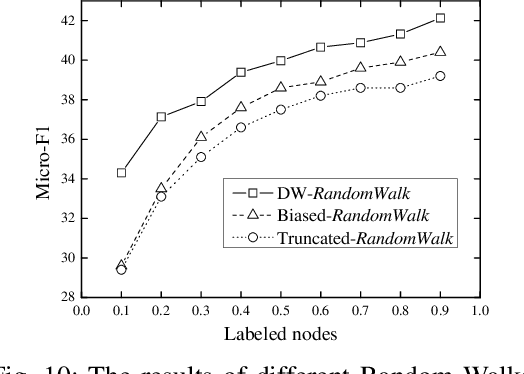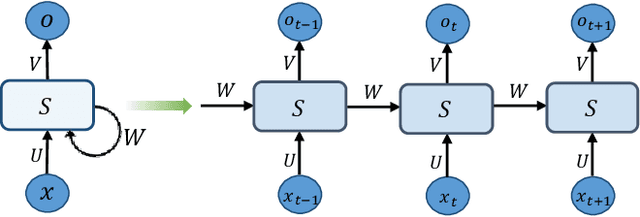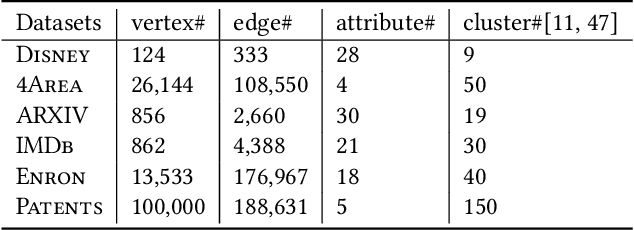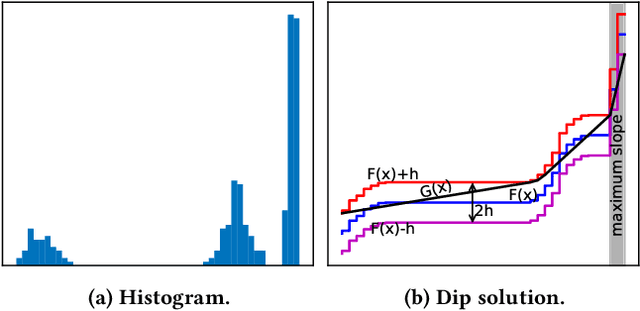Christian Boehm
Network Embedding via Deep Prediction Model
Apr 27, 2021



Abstract:Network-structured data becomes ubiquitous in daily life and is growing at a rapid pace. It presents great challenges to feature engineering due to the high non-linearity and sparsity of the data. The local and global structure of the real-world networks can be reflected by dynamical transfer behaviors among nodes. This paper proposes a network embedding framework to capture the transfer behaviors on structured networks via deep prediction models. We first design a degree-weight biased random walk model to capture the transfer behaviors on the network. Then a deep network embedding method is introduced to preserve the transfer possibilities among the nodes. A network structure embedding layer is added into conventional deep prediction models, including Long Short-Term Memory Network and Recurrent Neural Network, to utilize the sequence prediction ability. To keep the local network neighborhood, we further perform a Laplacian supervised space optimization on the embedding feature representations. Experimental studies are conducted on various datasets including social networks, citation networks, biomedical network, collaboration network and language network. The results show that the learned representations can be effectively used as features in a variety of tasks, such as clustering, visualization, classification, reconstruction and link prediction, and achieve promising performance compared with state-of-the-arts.
Incorporating User's Preference into Attributed Graph Clustering
Mar 24, 2020



Abstract:Graph clustering has been studied extensively on both plain graphs and attributed graphs. However, all these methods need to partition the whole graph to find cluster structures. Sometimes, based on domain knowledge, people may have information about a specific target region in the graph and only want to find a single cluster concentrated on this local region. Such a task is called local clustering. In contrast to global clustering, local clustering aims to find only one cluster that is concentrating on the given seed vertex (and also on the designated attributes for attributed graphs). Currently, very few methods can deal with this kind of task. To this end, we propose two quality measures for a local cluster: Graph Unimodality (GU) and Attribute Unimodality (AU). The former measures the homogeneity of the graph structure while the latter measures the homogeneity of the subspace that is composed of the designated attributes. We call their linear combination as Compactness. Further, we propose LOCLU to optimize the Compactness score. The local cluster detected by LOCLU concentrates on the region of interest, provides efficient information flow in the graph and exhibits a unimodal data distribution in the subspace of the designated attributes.
 Add to Chrome
Add to Chrome Add to Firefox
Add to Firefox Add to Edge
Add to Edge